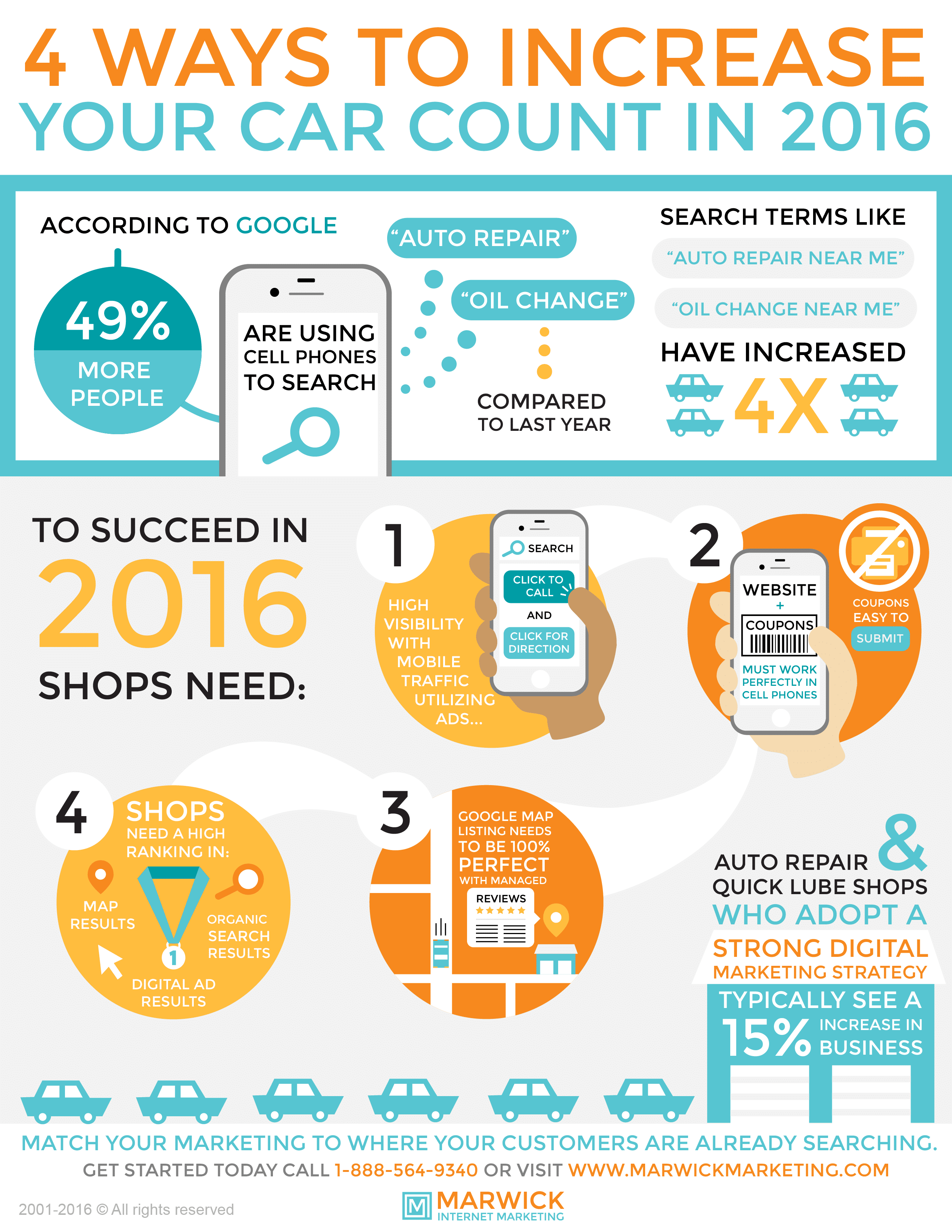Examining Your Automobile'S Warning Indicators: What They Actually Share
Examining Your Automobile'S Warning Indicators: What They Actually Share
Blog Article
Write-Up Created By-Lauritsen Stark
When you lag the wheel, those radiant warning lights on your dashboard can be a bit bewildering. Do you know what they're trying to inform you regarding your car's health and wellness? Recognizing the importance of these lights is essential for your security and the longevity of your automobile. So, the next time one of those lights pops up, wouldn't you want to decode its message properly and take the needed actions to resolve it?
Common Caution Lights and Interpretations
Recognize typical caution lights in your car and recognize their significances to make sure risk-free driving.
The most common warning lights include the check engine light, which indicates issues with the engine or discharges system. If this light comes on, it's crucial to have your car checked immediately.
The oil stress alerting light shows low oil stress, needing instant attention to avoid engine damage.
A blinking battery light might recommend a faulty billing system, potentially leaving you stranded otherwise addressed.
car interior clean monitoring system (TPMS) light signals you to reduced tire stress, impacting lorry stability and gas effectiveness. Overlooking this might lead to hazardous driving conditions.
The abdominal muscle light shows a trouble with the anti-lock braking system, endangering your ability to stop promptly in emergency situations.
Lastly, the coolant temperature level cautioning light warns of engine getting too hot, which can lead to severe damage if not dealt with promptly.
Understanding these usual warning lights will certainly assist you address problems without delay and preserve safe driving problems.
Relevance of Prompt Interest
Comprehending the typical caution lights in your vehicle is just the primary step; the importance of promptly attending to these cautions can't be emphasized enough to guarantee your safety and security when driving.
When a caution light illuminates on your dashboard, it's your automobile's way of connecting a prospective problem that needs focus. Overlooking these cautions can cause a lot more extreme issues later on, compromising your security and potentially costing you a lot more out of commission.
Trigger interest to advising lights can stop failures and accidents. For instance, a flashing check engine light could suggest a misfire that, if left unattended, might cause damage to the catalytic converter. Addressing this without delay can conserve you from an expensive repair service.
Likewise, a brake system warning light may signal low brake liquid or worn brake pads, critical parts for your safety and security when driving.
Do It Yourself Troubleshooting Tips
If you see a caution light on your control panel, there are a couple of DIY repairing suggestions you can attempt before looking for professional assistance.
elegant auto detailing is to consult your automobile's guidebook to recognize what the specific caution light indicates. Sometimes the concern can be as simple as a loose gas cap triggering the check engine light. Tightening up the gas cap may solve the issue.
Another common problem is a reduced battery, which can activate various advising lights. Examining the battery connections for corrosion and ensuring they're protected might take care of the trouble.
If a warning light persists, you can attempt resetting it by disconnecting the car's battery for a couple of minutes and then reconnecting it. In addition, checking your car's fluid degrees, such as oil, coolant, and brake liquid, can help troubleshoot warning lights related to these systems.
Verdict
To conclude, recognizing your auto's caution lights is important for maintaining your car running efficiently and safely. By promptly dealing with these notifies and understanding what they imply, you can prevent expensive fixings and potential break downs.
Remember to consult your cars and truck's manual for particular information on each advising light and take action as necessary to make sure a trouble-free driving experience.
Keep educated, remain safe when driving!
